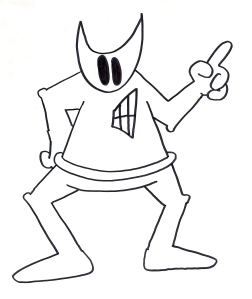 Whenever I see a good movie, I become happy. It doesn’t matter what the subject matter is. My mood changes … for the better.
Whenever I see a good movie, I become happy. It doesn’t matter what the subject matter is. My mood changes … for the better.
I experienced that transformation last night after watching director John Michael McDonagh’s powerful, upsetting film Calvary, which concerns the self-reflection of a priest in Ireland who has been told during confession that he will be killed. There’s a little bit of Alfred Hitchcock mystery in this story, but much more Ingmar Bergman-esque philosophical rumination, and that suited me just fine. I like a picture that can think on Big Ideas without becoming pretentious. Calvary accomplished that. It pondered questions surrounding faith, good deeds and revenge. And it didn’t pull any punches. All while maintaining a good pace and strong dialogue.
Then there were the performances. Led by Brendan Gleeson as the priest, the cast was quite good, presenting a host of unpleasant characters with problems of their own. I think there were some credibility issues that were a bit difficult to believe (that Gleeson’s Father James wouldn’t immediately reveal his situation to the authorities didn’t make a lot of sense to me), but on the whole, Calvary presented an unusual situation realistically … and sympathetically. Perhaps it’s not a movie that I’d want to see again; parts were difficult to watch, and it wasn’t what I’d call cheerful. Still, it had a lot to offer, and I’m glad I got a chance to see it.
After all, it made me happy last night. And that’s not easy from a cinematic perspective.
